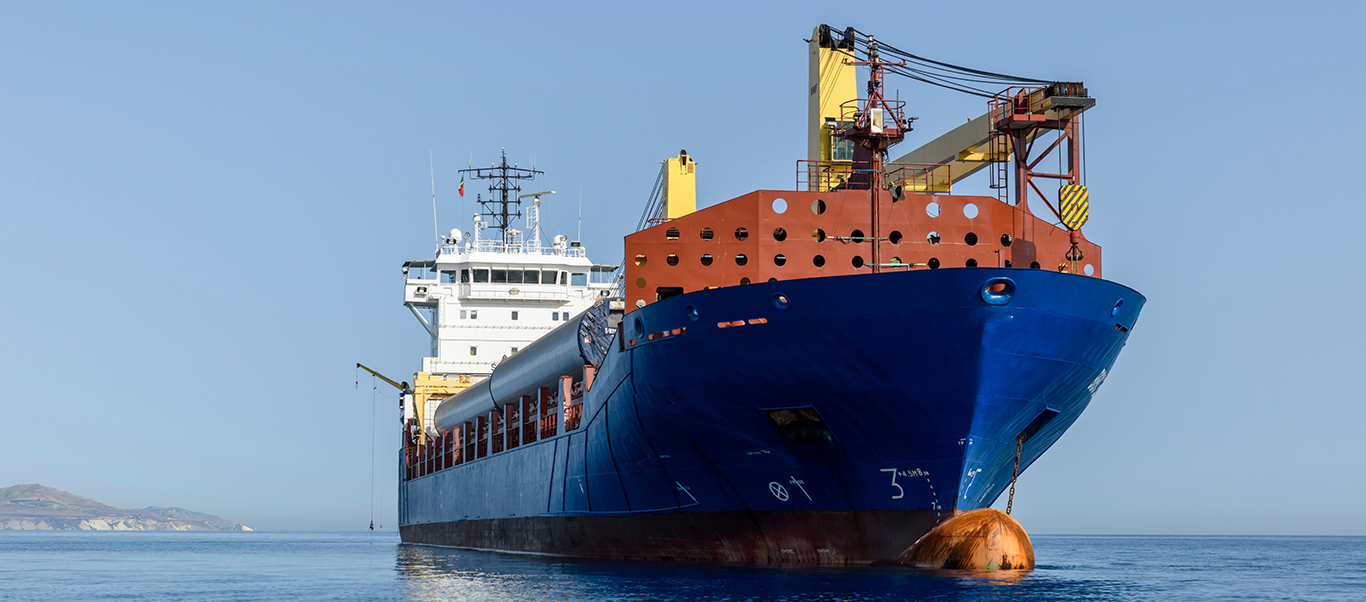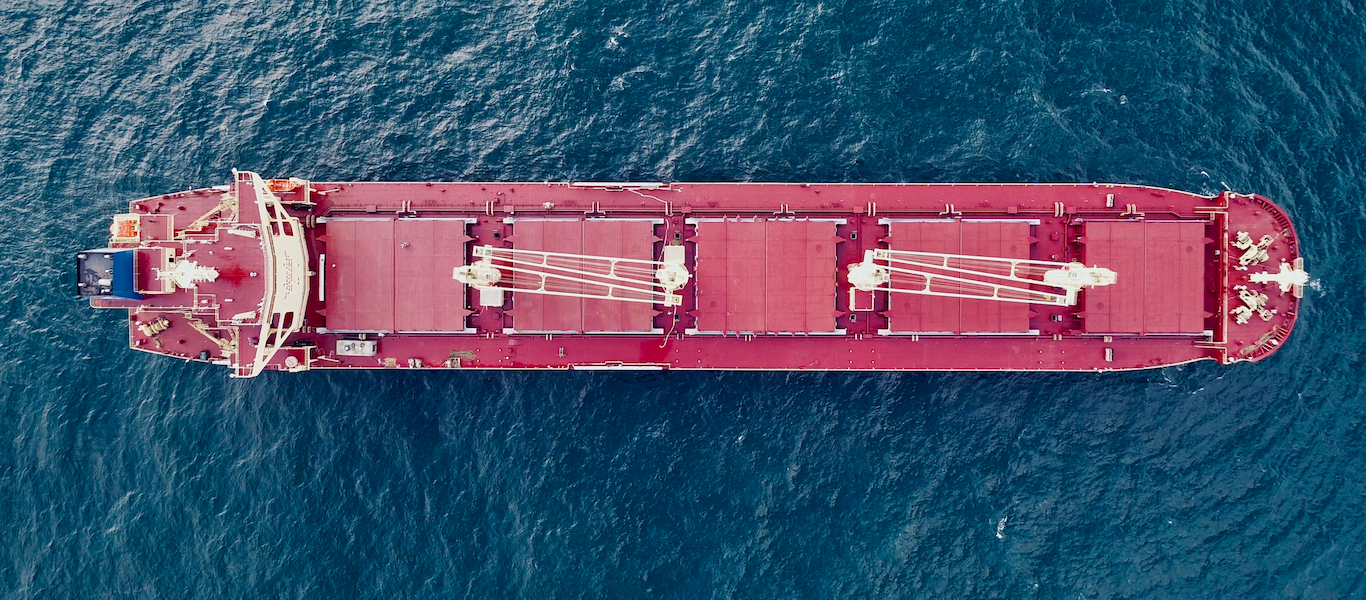
How danger improves safety
Working at sea is a hazardous industry and potential dangers are a daily threat. The life lesson of learning from mistakes has never been more appropriate.
In the maritime industry we talk about near misses. These are incidents where no damage or injury occurs but the potential for harm is present.
As much as we want to avoid them, what near misses do provide are vital learning opportunities for improving safety standards. From these incidents we can gain valuable insights into risks and human error. They help us identify system weaknesses and remind us of the need for continuous attention.
The DryBMS framework was designed as a self-assessment tool to help eliminate risks and raise safety standards in dry bulk shipping operations. Thanks to these insights and learnings we continue to improve the safety-first solutions it delivers.
Near misses provide a real-world glimpse into potential dangers in the shipping industry. They allow maritime operators to enhance safety protocols and reduce the risk of actual accidents. According to studies, reporting near misses is one of the most effective ways to uncover safety weaknesses in maritime operations.
It creates an important learning environment. Crew members, auditors, and operators are actively encouraged to report any incident that could have resulted in injury, loss of life, or environmental damage. It’s through this approach that companies identify potential failure points in systems and human error before they evolve into more serious problems.
By analysing and understanding where risks lie, we can all help improve the standards of safety at sea.
Find out more and subscribe to the DryBMS framework here.


